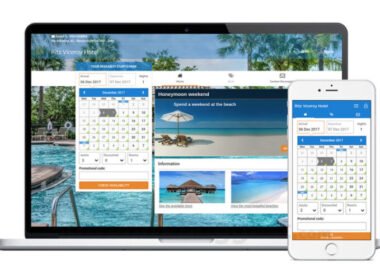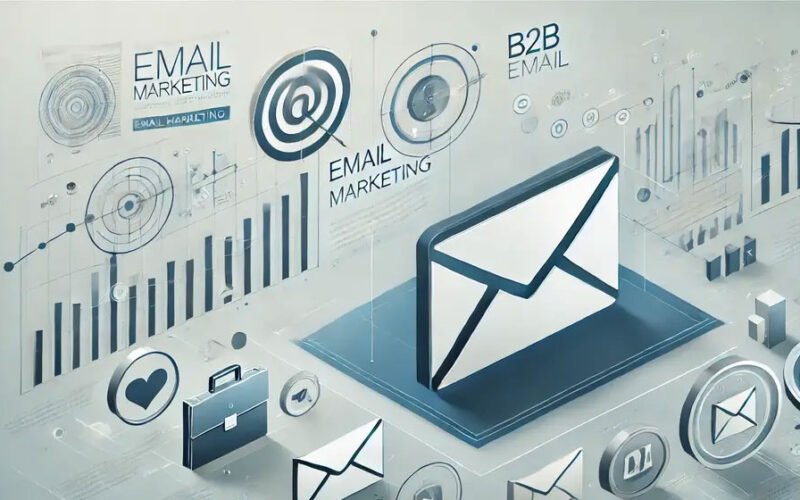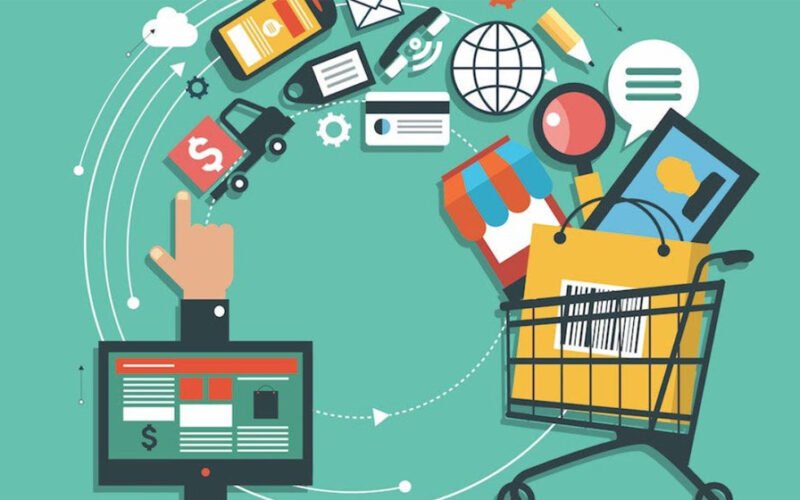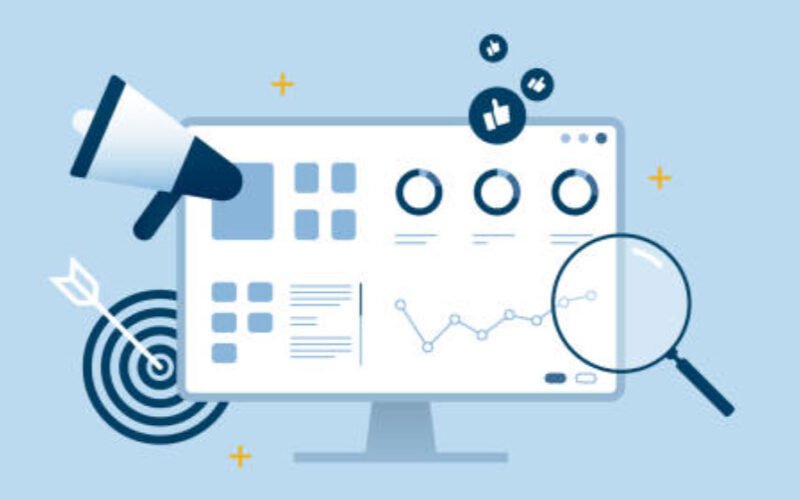Meta description
B2B email marketing works on creating trustful and profitable connections with decision-makers and high-level executives that lead to more sales opportunities for businesses.
Email has always been an effective channel for businesses, especially those that work with other businesses instead of direct consumers. For Business-to-Consumer (B2C) businesses, there are always enough channels like social and advertising to find customers and explore sale opportunities. However, for B2B businesses, considering their long sales cycle and high purchase value, email becomes an ideal approach for businesses.
B2B email marketing plays a crucial role in creating trustful relations with clients. It polishes the brand image as a thought leader of the industry and then nurtures leads toward the later stages of the sales funnel. It’s stated that 37% of brands are increasing their email budget.
B2B Vs. B2C Email Marketing
B2B and B2C email marketing are different in their approaches in terms of messaging and revenue goals. They also possess various types of target audiences, which usually separate from each other.
B2B email marketing:
- Targets decision-makers and high-level executives of an organization.
- Aims at nurturing relationships, generating leads, and providing valuable options.
- Focuses on creating long-term and trustful connections.
- Creates technical content and forges thought leadership
B2C email marketing:
- Targets individual customers
- Aim at driving quick purchases.
- Focuses on striking emotional connections with customers.
- Content is typically promotional and visually attractive to catch attention and nurture them.
3 Strategies That Work in B2B Email Marketing
B2B email marketing is all about creating trust among consumers, leveraging that trust into clients’ consideration, and improving email marketing conversion rates.
Keep reading to find 5 of the best email marketing strategies that will help streamline your B2B campaigns.
Use Email Segmentation
When running multiple campaigns, marketers usually get worn out when arranging certain email lists for specific target groups. It is challenging to determine which emails are tailored to their target audience.
Using email segmentation tools made marketers’ lives easier, as many email platforms have this built-in feature. Segmenting subscribers according to their characteristics, preferences, and buying behaviors enables brands to create emails that resonate with them.
Plan Campaign According to Buyer Stages
To create the best out of B2B email practices, the central approach is to understand where the different target users reside on the buyer’s journey. By designing the campaign across the stages of the buyer’s journey, one can create emails that meet the target audience at the right time and place.
4 stages of the buyer’s journey that users can capitalize on are:
Awareness Stage: This is the stage where users are aware of the problem but are not interested in taking any action. Thought leadership and educational content will help users recognize your brand.
Consideration Stage: The user is interested in solving their problem but is not sure about taking the decision yet. Case studies and testimonials should be used in the email content to push prospects toward the decision stage.
Decision Stage: The target customer is interested in the product and is now exploring ways to know how a certain product or service is fit for their organization in terms of adaptability and Return on investment (ROI). Pricing pages and free product trials are used to persuade customers to make a purchase.
Retention Stage: This focuses on solidifying relations with customers after they make a purchase. This involves emails that ensure the continuity of user subscribing to their services or buying more of their product in the future.
Use Automation to Save Time
Automation is one of the most efficient email marketing services, saving a lot of time and streamlining the lead-generation process. Without doing everything manually, one can use automation to do all the things that are often time-consuming.
Email marketing automation plays a key role in drip and nurture campaigns. It automatically adds contacts based on form submissions. It segments users into different email lists based on behaviors and interests. It sends marketers updates about the increase in new subscribers and leads.
Ideal Practices for For B2B Emails
Some of the best practices for B2B emails are:
- Write subtle yet effective subject lines. The ideal subject line is under 60 characters. One needs to write a subject line that feels like coming from users’ inside email group instead of boasting as an annoying salesy email.
- Use a personalization approach as much as possible. Tailored and personalized emails are more likely to achieve high click-through rates.
- Use a conversational tone. Considering the B2B space, things become boring and robotic. Therefore, a conversational approach is always a best practice to ensure content readability.
Wrapping Up
The email marketing process is a bit complicated for B2B businesses as brands need to balance thought leadership and content engagement. Analyzing and creating tailored content for the different stages of buyers’ journey and using segmentation and automation are some of the effective strategies to generate desired results.










